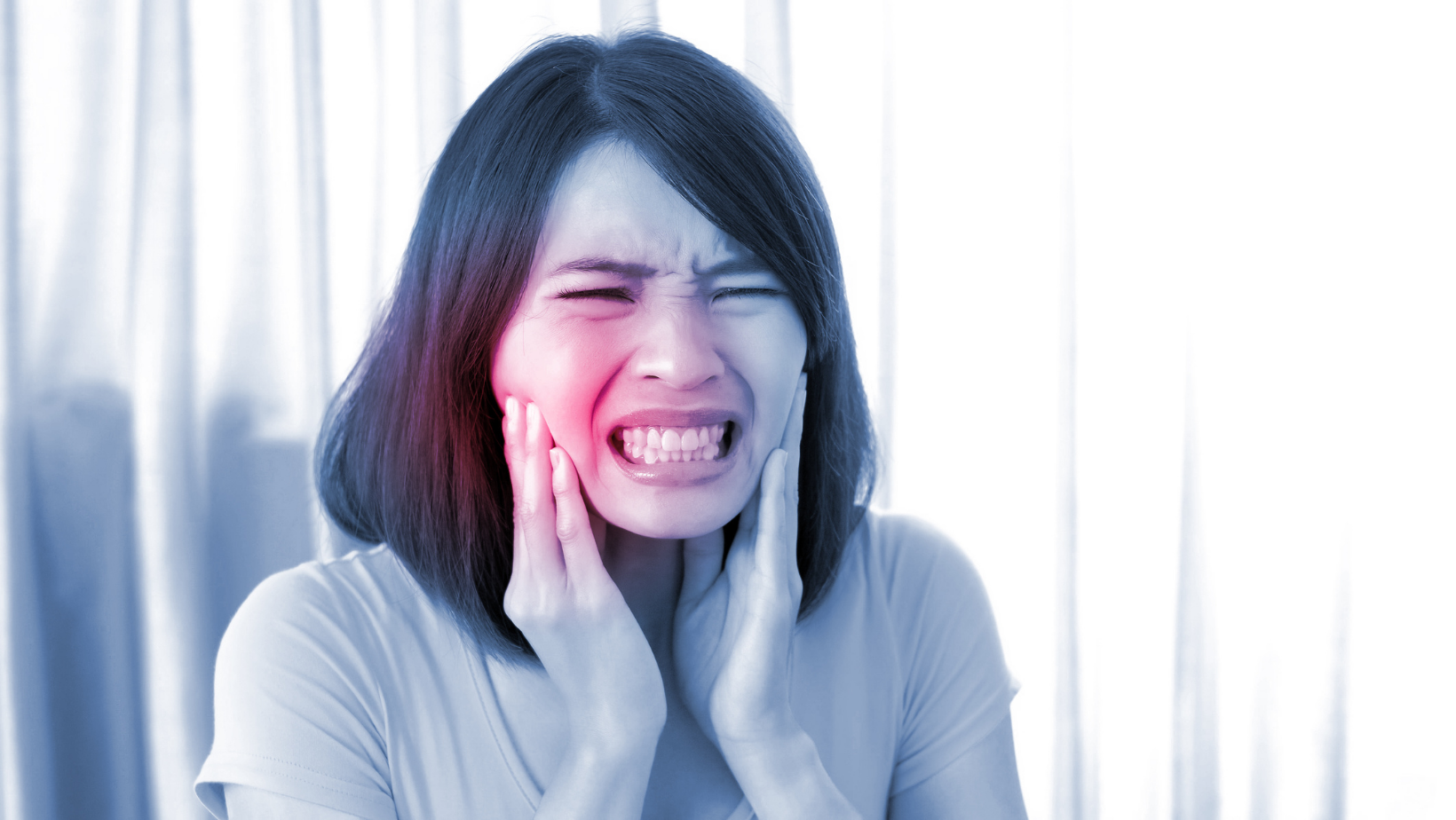Category
Temporomandibular Joint (TMJ) pain is a common condition that affects the jaw joint and surrounding muscles.

Have any questions?
If you have any questions, feel free to contact us at [email protected]. A member of our support team will help you shortly.
Share this blog
Fatigue
Energy
Stress
Sleep
Temporomandibular Joint (TMJ) pain is a common condition that affects the jaw joint and surrounding muscles. This discomfort can range from mild to severe, impacting daily activities such as eating, speaking, and smiling. This article explores the various causes of TMJ pain and offers insights into seeking practical solutions for alleviating this often debilitating condition.
The TMJ is the joint that connects the jawbone to the skull, allowing for the essential movements needed for activities like chewing and talking. When this joint becomes inflamed or experiences dysfunction, it can result in TMJ pain. Several factors contribute to the development of TMJ pain, and understanding these causes is crucial for finding suitable solutions.
Chronic teeth grinding or clenching, often occurring during sleep, places excessive strain on the TMJ, leading to inflammation and pain.
An improper bite or misalignment of the jaw can contribute to TMJ pain. This misalignment places additional stress on the joint during everyday activities.
Conditions such as osteoarthritis or rheumatoid arthritis can affect the TMJ, causing inflammation, stiffness, and pain.
Emotional stress and tension can manifest physically in the jaw, leading to clenching or grinding of teeth and subsequent TMJ pain.
Direct trauma to the jaw, whether from an accident, impact, or injury, can result in TMJ pain.
Habitual gum chewing places repetitive stress on the TMJ, potentially leading to pain and discomfort.
Maintaining poor posture, especially in the neck and shoulders, can contribute to TMJ pain over time.
Some individuals may experience TMJ pain as a side effect of orthodontic treatments, mainly if adjustments affect the bite.
A dentist specializing in TMJ disorders can assess the condition, identify potential causes, and recommend appropriate treatment options.
Dentists may prescribe custom-fitted mouthguards or splints to alleviate TMJ pain, particularly for grinding teeth.
In cases where misalignment contributes to TMJ pain, orthodontic treatments may be recommended to correct the bite.
Physical therapy techniques, including jaw exercises and stretches, can help improve jaw mobility and reduce TMJ pain.
Applying hot or cold compresses to the jaw area can help reduce inflammation and temporarily relieve TMJ pain.
Over-the-counter pain relievers or prescribed medications may be recommended to manage pain and inflammation associated with TMJ disorders.
Incorporating stress-reducing practices such as meditation, deep breathing exercises, or yoga can help alleviate tension contributing to TMJ pain.
Individuals with TMJ pain should avoid hard, chewy, or crunchy foods that may exacerbate discomfort. Opting for a soft diet can be beneficial.
In severe cases where conservative measures are not effective, injections or surgical interventions may be considered to address specific TMJ issues.
TMJ pain can significantly impact an individual's quality of life, but with a comprehensive approach to treatment, relief is possible. Consulting with a dentist specializing in TMJ disorders is the first step in identifying the underlying causes and developing an effective treatment plan. From customized mouthguards and orthodontic interventions to physical therapy and stress management, individuals can explore a range of solutions to alleviate TMJ pain and improve overall jaw health. By addressing the root causes and seeking professional guidance, individuals can find practical solutions for managing and reducing TMJ pain, promoting optimal oral health and well-being.